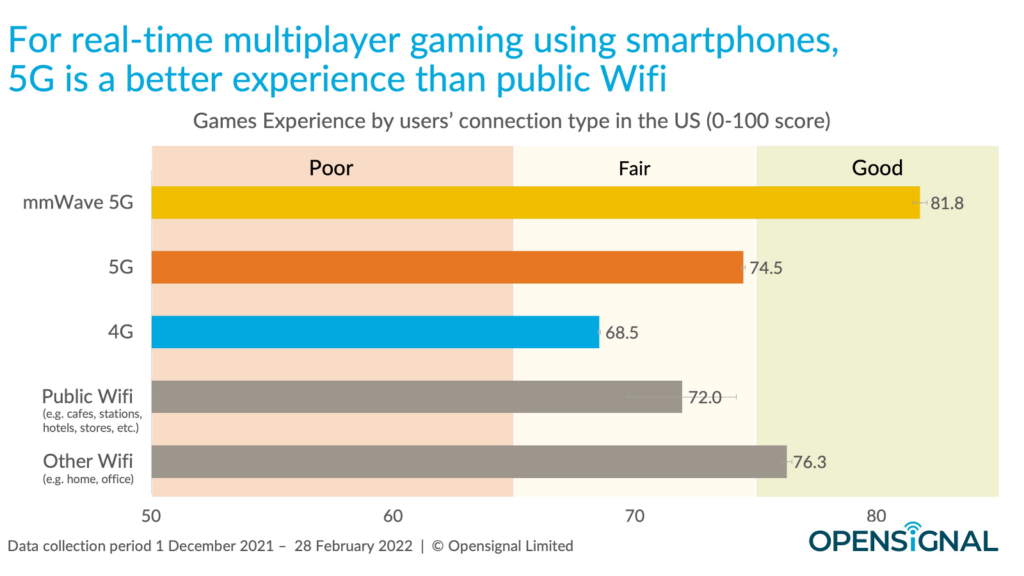Network slicing enables the creation of private networks by providing dedicated network resources to enterprises. This technology interacts with a set of network functions to achieve this.
Defined by the 3GPP as a core feature of 5G, network slicing partitions a single physical network into multiple virtual network slices. Each slice functions as an independent end-to-end network optimized for specific applications and services.
This section explores the essential functionality and features of 5G network slicing, illustrating how operators can rapidly deploy, modify, and scale virtual networks. It also delves into various 5G slicing techniques and connectivity models, including static and dynamic slicing, Enhanced Mobile Broadband (eMBB), Ultra-Reliable Low-Latency Communications (URLLC), and Reduced Capability (RedCap). Part 2 will delve into the protocols and their operations.
Key Functionality and Features
In Figure 1, 5G network slicing empowers public and private operators to divide a single network into multiple virtual layers, each tailored to meet specific service-level agreements (SLAs) and key performance indicators (KPIs) like connectivity, speed, and capacity. This flexibility allows operators to optimize network resources based on the demands of different applications.

Figure 1. Network slices allow private networks and applications to operate in configurations tailored for specific use cases.
Speed-related KPIs include peak data rates, average throughput, and latency, directly influencing network responsiveness and performance. Coverage is primarily determined by the radio access network (RAN) and small cell deployment rather than by slicing.
Each isolated network slice is secured by cellular encryption and authentication protocols such as Authentication and Key Agreement (5G-AKA), Extensible Authentication Protocol for 5G-AKA (EAP-AKA), and Subscription Concealed Identifier (SUCI). These protocols ensure data integrity, confidentiality, and seamless user authentication. Additionally, Internet Protocol Security (IPsec) may be utilized to encrypt control plane communications and secure inter-network traffic.
Operators can enhance security by incorporating network slicing-specific firewalls, zero-trust architectures, and AI-driven threat detection for dynamic, real-time protection against evolving cyber threats.
Scalable, Flexible, and Application-Specific
5G network slicing transcends the one-size-fits-all approach of LTE and previous cellular generations in the telecommunications industry. It leverages software-defined networking (SDN) and network functions virtualization (NFV) to enable greater flexibility, automation, and resource efficiency.
5G network slicing facilitates the swift deployment, modification, and scaling of virtual networks to meet real-time demands without the need for continuous physical infrastructure upgrades. In Figure 2, network slicing empowers operators to design customized service tiers and pricing models for specific industries.

Figure 2. Network slicing enables network operators to create virtual networks optimized for specific users or user types. (Image courtesy of William Malik, Trend Micro)
Mobile network operators (MNOs), mobile virtual network operators (MVNOs), and private network operators utilize network slicing to deliver scalable, flexible service offerings. For instance, they can assign dedicated slices to hospitals needing URLLC for remote surgery, a lower-bandwidth slice for doctor-patient communications, and another for internal data transfers. Financial institutions can utilize high-security slices for real-time encrypted transactions, a separate slice for AI-driven fraud detection, and another for high-frequency trading, where minimal latency is crucial.
Automotive manufacturers can allocate separate slices for voice and video calls, in-vehicle entertainment, and advanced driver-assistance systems (ADAS) for autonomous driving. Finally, smart factories can deploy dedicated slices for industrial automation, remote monitoring, voice communications, and real-time robotics control, ensuring each function meets target KPIs without interference.
Static and Dynamic Network Slicing
Static network slicing dedicates resources to each instance to maintain maximum performance for mission-critical applications. In contrast, dynamic slicing optimizes efficiency and balances performance by adjusting resource allocation in real time.
Dynamic network slicing enables enterprises to create and dismantle network slices based on changing demand, ensuring efficient resource utilization without significant infrastructure changes. Crucially, network slicing allows seamless reconfiguration, enabling enterprises to transition between static and dynamic slicing and adjust configurations with minimal coding or infrastructure alterations.

Figure 3. A 5G network slicing architecture covering the RAN, edge computing, transport network, and virtualized core, supporting eMBB, URLLC, and mMTC services. (Image: BluePlanet)
In Figure 3, 5G network slicing spans the RAN, edge, transport, and virtualized core, supporting various 5G connectivity standards such as:
- eMBB: enables high-bandwidth applications like video streaming, gaming, and virtual and extended reality. Optimized for data-intensive 5G use cases, eMBB provides fast, reliable internet access while managing the significant traffic generated by bandwidth-heavy services.
- URLLC: Delivers ultra-low latency and high reliability for autonomous driving, telemedicine, and industrial automation applications. Through mobile edge computing (MEC), URLLC network slicing facilitates real-time data exchange with latencies as low as 1 msec for critical tasks.
- Massive Machine-Type Communications (mMTC): supports large-scale 5G IoT deployments, connecting low-power devices with minimal data requirements. Ideal for smart cities, environmental monitoring, and various connected infrastructure.
- RedCap: caters to low-power, mid-tier IoT devices that do not require the high throughput of eMBB, the massive device density of mMTC, or the ultra-low latency of URLLC. Designed for industrial sensors, wearables, and logistics tracking applications, the moderate-bandwidth RedCap balances power efficiency and connectivity within a simplified 5G framework.
Summary
5G network slicing divides a single physical network into multiple virtual networks, enabling operators to meet application-specific SLAs and various performance KPIs. Static and dynamic slicing cover all major 5G standards, from eMBB and URLLC to mMTC and RedCap.
References
5G Technology: Network Slicing, Alali Khalaf
Network Slicing for 5G Success, Ericsson
Connectivity Meets Customization With 5G Network Slicing, CradlePoint
What Is 5G Network Slicing?, SDX Central
5G Future: Five Types of 5G Slicing, Fierce Network
What is Network Slicing and Why Does it Matter?, ElisaPolystar
Enhancing the Mobile Ecosystem with 5G Slicing, ServiceNow
Comprehensive Analysis of Network Slicing for the Developing Commercial Needs and Networking Challenges, ResearchGate
5G RAN and 5GC Network Slice Signaling, TechPlayOn
Network Slicing Security for 5G and 5G Advanced Systems, 3GPP
Network Slicing Concept, Motivation and Types, 5GHUB
Roaming in the 5G System: the 5GS Roaming Architecture, Ericsson



